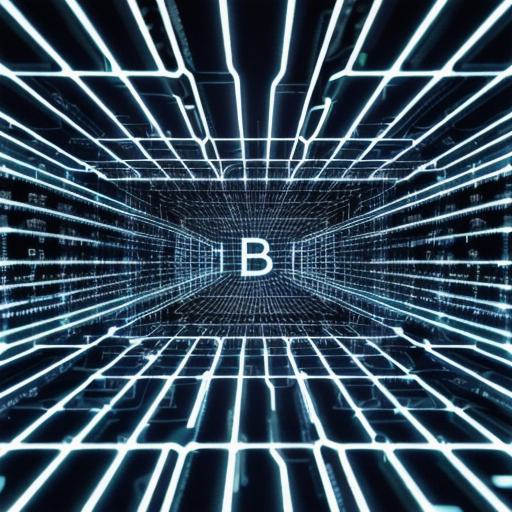Web3 technology is revolutionizing the way we interact with data, applications, and each other online. This decentralized system has the potential to empower individuals and communities, create new business models, and solve some of the world’s biggest problems. In this article, we will explore what Web3 is, how it works, and why it matters for developers.
What is Web3?
Web3 refers to a new generation of decentralized applications (dApps) that are built on blockchain technology. Unlike traditional web applications, which rely on central servers controlled by a single entity, Web3 dApps run on a distributed network of computers that work together to validate transactions and maintain the integrity of the system.
This decentralization has many benefits. It eliminates the need for intermediaries, such as banks or social media companies, which can be slow, expensive, and prone to censorship. It also allows for greater privacy and security, since users have more control over their data and can choose who sees it.
Web3 technology is already being used in a variety of industries, from finance to gaming to supply chain management. For example, cryptocurrencies like Bitcoin and Ethereum are built on blockchain technology, allowing for secure, transparent, and decentralized financial transactions. Similarly, dApps like Cryptokitties and SuperRare allow creators to sell unique digital assets directly to buyers without the need for intermediaries.
How does Web3 work?
At its core, Web3 technology is based on the concept of a distributed ledger. This is a database that is maintained by a network of computers rather than a single central authority. Each computer in the network has a copy of the ledger, and they all work together to validate transactions and maintain the integrity of the system.
Transactions are validated using a process called proof-of-work (PoW). In PoW, computers on the network compete to solve complex mathematical problems, which proves that they have enough computing power to validate transactions. Once a problem is solved, the transaction is added to the ledger and the winning computer is rewarded with new cryptocurrency tokens.
Web3 technology also uses smart contracts, which are self-executing programs that run on the blockchain. Smart contracts can be used to automate many tasks, such as issuing tickets for events or managing inventory in a supply chain.
Why Web3 matters for developers?
Web3 technology offers many benefits for developers, including greater freedom and flexibility in building applications, the ability to reach new audiences, and access to innovative tools and technologies.
For example, Web3 allows developers to build dApps that are truly decentralized, which means they don’t have to rely on intermediaries like social media companies or app stores to distribute their apps. This gives them more control over their applications and allows them to reach a wider audience.
Web3 also offers access to innovative tools and technologies, such as decentralized storage systems, prediction markets, and more. These tools can be used to build new types of applications that were previously impossible or impractical.

Finally, Web3 technology is still in its early stages, which means there are many opportunities for developers to contribute to the growth and development of this exciting field. Whether you’re a seasoned developer or just starting out, Web3 offers countless ways to learn, innovate, and make a difference.
Summary

Web3 technology is revolutionizing the way we interact with data, applications, and each other online. Decentralized systems offer many benefits over traditional centralized systems, including greater freedom and flexibility for developers, new business models, and solutions to some of the world’s biggest problems. While Web3 technology is still in its early stages, it has already shown tremendous potential and will continue to shape the future of the internet.
